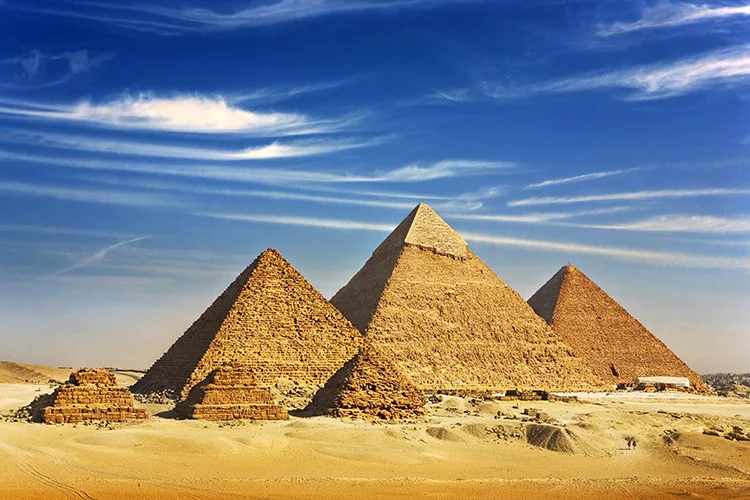
GIZA
Giza or ‘Al Giza’ is undoubtedly a tourist hotspot in Egypt and the site of some of Ancient Egypt’s most famous landmarks, most notably, the famous Pyramids of Giza. Amongst the pyramid complex may be found the pyramids of Pharaohs Khufu, Khafra and Menkaure. The largest pyramid in Giza – and the world! – belongs to the second king of the Fourth Dynasty, Khufu or “Cheop”.
Abu Simbel
Abu Simbel is an archaeological site in Egypt housing a series of incredible Ancient Egyptian monuments, especially a number of rock temples. The most famous sites at Abu Simbel are the two Temples of Ramesses II. Known as Ramesses the Great (sometimes spelt Ramses), Ramesses II is one of the most famous Egyptian pharaohs and formed part of the Nineteenth Dynasty.
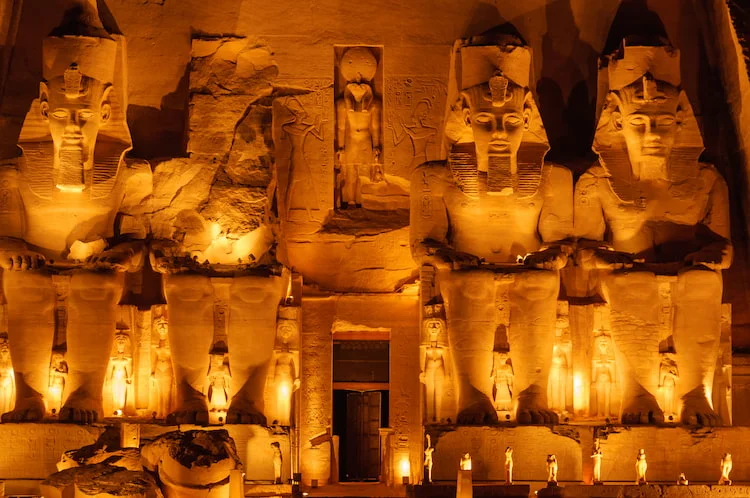
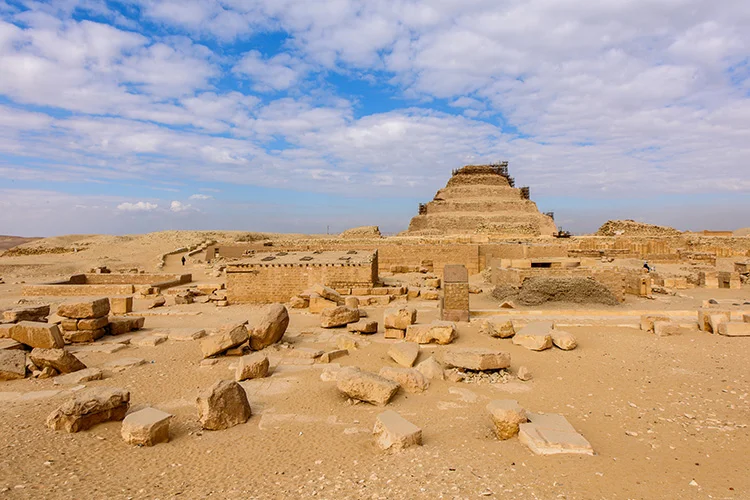
Saqqara
Saqqara in Egypt is the ancient necropolis of the city of Memphis, the capital of Ancient Egypt, which was founded in 3000 BC by Menes. It contains a host of burial chambers and pyramids, and is the oldest complete stone building complex in history. Now a UNESCO World Heritage site, Saqqara is home to 11 major pyramids sprawled over 6 miles.
Luxor Temple
The Luxor Temple in the city of Luxor, Egypt was once a sacred temple built in honour of the deity Amun. Constructed in the 14th century BC by Amenhotep III, the ninth pharaoh of the Eighteenth Dynasty, the Luxor Temple was part of the Ancient Egyptian city of Thebes. The Romans constructed a military fort around the temple that the Arabs later called Al Uqsur (The Fortifications), which was later corrupted to give modern Luxor its name.
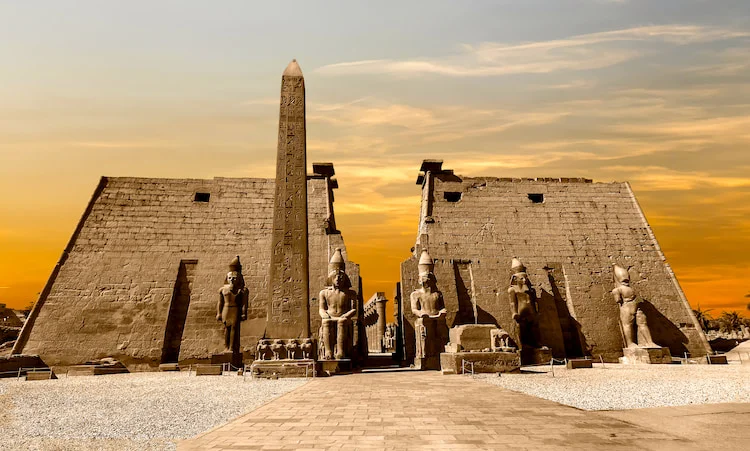
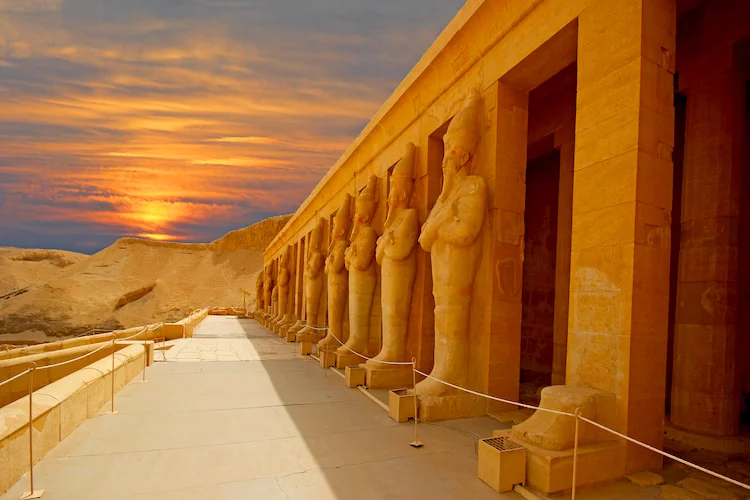
Valley of the Kings
The Valley of the Kings in Luxor, Egypt, was once part of the Ancient Egyptian city of Thebes. From the Eighteenth Dynasty to the Twentieth, the pharaohs of Egypt were buried in the Valley of the Kings. Today, visitors flock to see the myriad of ancient tombs cut into the limestone of the Valley of the Kings, which are mostly contained in its eastern valley.